#indian women in history
Text
Rukmini Devi Arundale
Rukmini Devi Arundale, born on February 29, 1904, in Madurai, Tamil Nadu, served as a catalyst in revitalising the traditional Indian dance form of Bharatanatyam and establishing its prominence. Born into a Brahmin family with deep connections to the Theosophical Society, Rukmini was exposed to humanist ideals from an early age. Her marriage to George Arundale, a theosophist and educator, further fuelled her interest in theosophy and dance.
While travelling with her husband and Annie Besant, Rukmini learned of Western ballet and began studying ballet at the suggestion of the famous ballerina Anna Pavlova. Pavlova also encouraged her to explore classical Indian dance forms, which allowed Rukmini to pursue Bharatanatyam
To challenge the norms and re-establish the artistic integrity of the dance, Rukmini undertook formal education at the Bharatnatyam master Pandanalur Meenakshi Sundaram Pillai.
In 1935, at the age of 31, Rukmini made her debut in Bharatanatyam, defying societal expectations and setting a precedent for upper-class women to participate in the dance form. Witnessing the transformative power of Bharatanatyam, she established the International Academy of the Arts in Adyar in 1936, later renamed Kalakshetra. Through Kalakshetra, Rukmini aimed to teach and popularise Bharatanatyam through this institution, saying that she felt she had been "ushered into a new world of rhythmic beauty and meaning."
Rukmini Devi Arundale's contributions extended beyond dance. In 1934, she founded educational institutions that blended theosophy and traditional Hindu values. Her vision for Kalakshetra went beyond preserving Bharatanatyam; it became a hub for various Indian traditions and the propagation of theosophical ideals. Her efforts earned her accolades, including the Padma Bhushan in 1956 and the Sangeet Natak Akademi Award in 1967. As an animal lover, she chaired the Animal Welfare Board and played a key role in passing the Prevention of Cruelty to Animals Act in 1952. In the same year, she made history as the first ever woman in Indian history to be nominated as the Rajya Sabha member
In 1977, she declined the offer to become the President of India from Prime Minister Morarji Desai post the death of President Fakhruddin Ali Ahmed. In a 2013 speech at Kalakshetra, President Pranab Mukherjee delivered the first Rukmini Devi Memorial Lecture, emphasising on the significance she has had on the revival of classical dance and her commitment to the cultural renaissance of India.
further links:
#bharatanatyam#rukmani devi arundale#women in history#indian women in history#india#classical dance#history
13 notes
·
View notes
Text
Vintage Photos of Queer Couples of Color

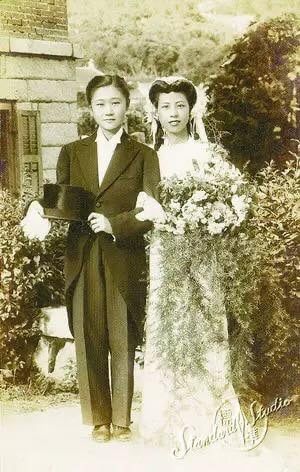

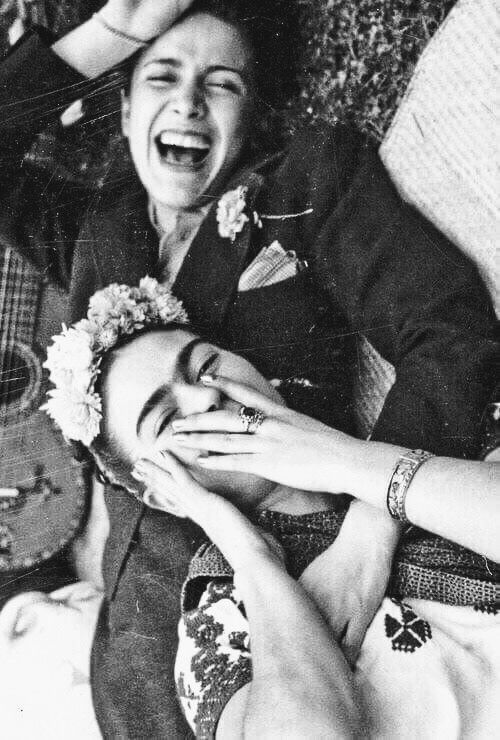

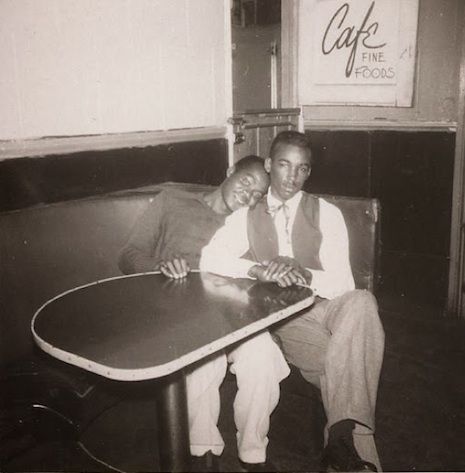


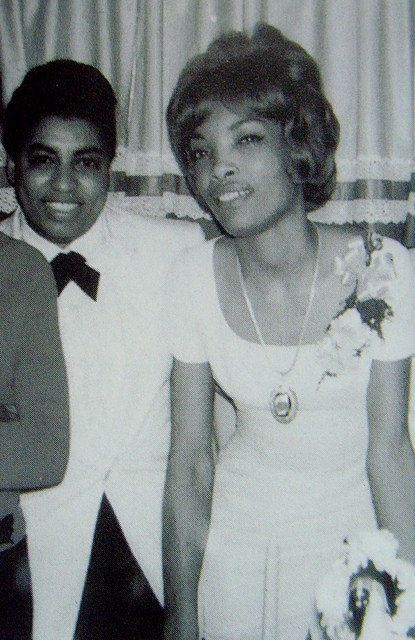

#queer#sapphic#lesbian#wlw#mlm#mlm post#mlm positivity#wlw yearning#wlw love#wlw positivity#queer history#black lesbian#gay man#black queer#black women#indian#desi#asian#lgbt pride#lgbtqia#lgbtq#lgbtq community#gay
17K notes
·
View notes
Text
#sophia duleep singh#indian feminism#indian#sikh women#indian women in history#indian women#women's suffrage#suffragette#women's history#women's history month
1 note
·
View note
Text
Wake up babe it's women's history month And we're celebrating
Indian Women in medicine

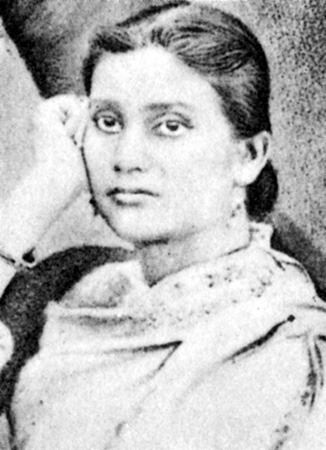
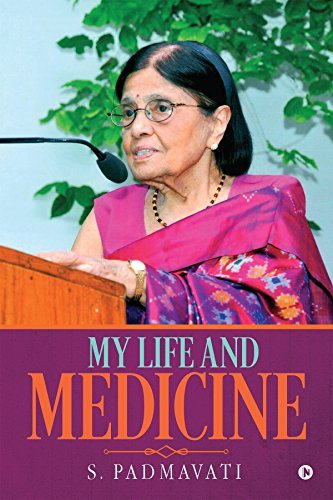



DR . ANANDIBAI GOPALRAO JOSHI ( first female doctor in India )
DR . KADAMBINI GANGULY ( first female doctor in Asia)
DR. S I PADMAVATI ( first female Indian cardiologist)
DR . MARY POONEN LUkOSE ( first lady surgeon of India)
DR . INDIRA HINDUJA ( gynaecologist who delivered India's first test tube baby )
DR . SAROJ CHOORAMANI GOPAL ( first woman M.ch paediatric surgeon )
#desiblr#desi tag#desi tumblr#desi culture#desi academia#indian academia#womens history#womens history month#medicine
438 notes
·
View notes
Text

An unprecedented female monarch in her dynasty, Rudrama Devi (r.1262-1289) presided over an age of prosperity. A successful warrior queen, she triumphed over both internal and external threats.
Her father’s heir
Rudrama Devi was the daughter of King Ganapati Deva (r.1199-1262) of the Kakatiya dynasty, who ruled over parts of present-day Telangana and Andhra Pradesh in Southern India. Their capital was located at Orugallu (Warangal).
Ganapati Deva was a successful monarch. His kingdom was famed for its’ diamonds and beautiful fabrics. He had no son to succeed him and his older daughter was already married. He thus decided to make his younger daughter Rudrama Devi his heir and gave her the requisite training.
A female monarch would nonetheless be a in vulnerable position and see her legitimacy questioned. To make female rule more acceptable, he arranged a Putrikayagna ceremony for his daughter. This religious rite allowed a sonless man to declare his daughter or his daughter’s son as his son. After that, Rudrama Devi was also known by the masculine name of Rudra Deva. She also attended all public meetings in masculine attire.
Her story is similar in that regard to that of her near-contemporary, Raziya Sultan of Delhi.
A warrior among warriors
In 1259, Rudrama Devi became her father’s co-ruler and assumed sole rule in 1262. She married the Chalukya prince Virabdhadra, who played no part in her administration, and with whom she had three daughters.
Rudrama Devi faced many threats at once. Her neighbors saw an opportunity to conquer her kingdom and her feudatory noblemen couldn’t stand being ruled by a woman.
She stood her ground and prevailed, proving her might as a warrior queen. Many of her nobles rebelled, but she successfully defeated them. The Seuna Yadava king, Mahadeva, invaded her territories and reached her capital. Rudrama Devi chased him after 15 days of fighting and forced them to pay a heavy tribute in money and horses.
To commemorate her victory, she styled herself “Rayagajakesari” or “the lion who rules over the elephant kings”. In the pavilion she built, she was depicted as a warrior mounted on a lion, holding a sword and a shield, with an elephant trunk holding up a lotus to her in sign of submission.
In 1262, another of her neighbors occupied the Vengi region. She was able to recover it after 12 years of fighting. She was nonetheless unsuccessful in fending off the attacks of her southern rival Ambadeva.
Meritocratic policies
Rudrama Devi completed the construction of the nearly impregnable Warangal Fort. She bought large tracts of land under cultivation, increasing her kingdom’s revenue. She also recruited non-aristocratic warriors from diverse castes. Only 17 percent of her subordinates were of noble background. Prominent commanders could receive lands and become feudatory nobles. She thus established a new warrior class. Since the nobility had rejected her rule, this meritocratic policy allowed her to surround herself with loyal retainers.
Marco Polo, who mistook her for a widow of the previous king, wrote about her very flattering terms, calling her a “lady of much discretion” and a “lover of justice, of equity and of peace”.
A warrior to the end
At the end of her reign, she chose her grandson, Prataparudra, as her heir.
Rudrama Devi likely died in 1289 (though some sources date her death from 1295) according to an inscription made by a member of her army commemorating her recent death and that of her army chief. The cause and location of her death are unknown. She likely died facing Ambadeva's armies, leading her troops as she had always done.
Further reading
Gupta Archana Garodia, The women who ruled India, leaders, warriors, icons
Janchariman M., Perspectives in Indian History From the Origins to AD 1857
Talbot Cynthia, "Rudrama‐devi, Queen of Kakatiya dynasty (r. 1262–1289)", In: The Oxford Encyclopedia of Women in World History.
Talbot Cynthia, Precolonial India in Practice: Society, Region, and Identity in Medieval Andhra
#rudrama devi#13th century#history#women in history#women's history#historyedit#women's history month#india#indian history#queens#powerful women#women warriors#warrior women#historical figures#herstory
73 notes
·
View notes
Text

Reservation Dogs 3.03 "Deer Lady"
This episode was a real gut punch.
#reservation dogs#rez dogs#boarding school#deer lady#indigenous lives matter#mmiw#native american#indigenous representation#missing and murdered indigenous women#indigenous history#taika waititi#sterlin harjo#d'pharaoh woon a tai#bear smallhill#native american boarding schools#native boarding school#indigenous boarding school#american indian boarding schools
183 notes
·
View notes
Text

A chemist (woman) in the laboratory of a cement works in Scotland, November 1918.
#chemist#women#World War One#The Great War#1918#1917#1916#1914#first world war#history#historical#historical photos#world history#canadian history#military history#british army#Indian History#war#military#somme#Battle of the Somme#france#belgium#the western front#vimy ridge#Battle of Vimy Ridge
41 notes
·
View notes
Text
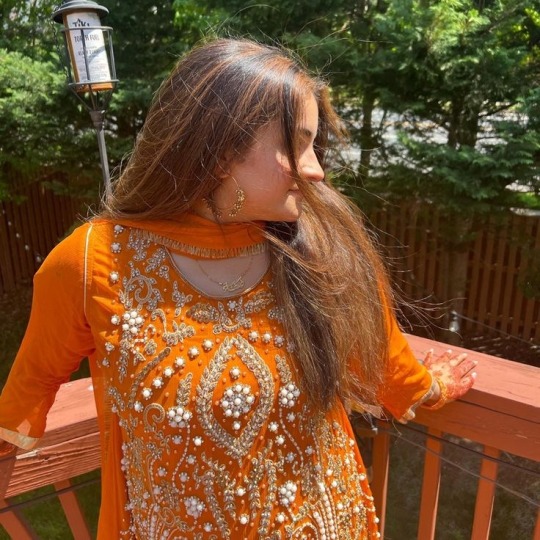



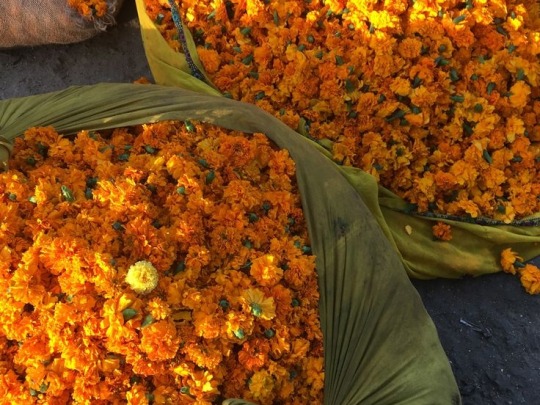
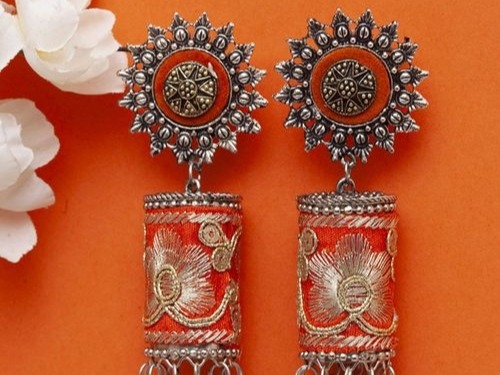


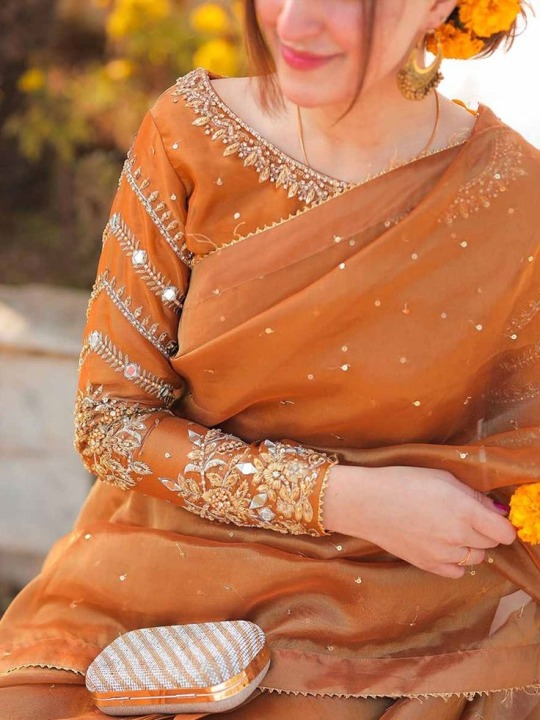
Orange Desi mood board 🍊
╭─────────────────.★..─╮
Some people who might like this
╰─..★.─────────────────╯
🌼@white-poppie @tumbllr-dot-com-blog @ratna-the-furball @bipdf @bishh-kanya @nokhushionlygam @kiss-the-ring-and-bow-down @astrocatfizziks @nerdreader @readerghxst @bishh-kanya @jukti-torko-golpo @ji-jii-visha @suvarnarekha @navaratna @lavanya-lakshmi @swayamev @melancholicmonody @oyeevarnika @nainawithspecs @dam-bluecookies @azure-cherie @this-barbie-is-the-problem @themistypoet @papenathys @pistas-stuff @suvarnarekha @inexhaustible-sourceofxmagi-blog
#desi aesthetic#desiblr#being desi#orange moodboard#chaotic academia#desi tumblr#indian moodboard#moodboard#aesthetic#tumblr#w#03#light academia moodboard#desi#india#agra#history#indian jewelry#vintage#indian women#indian aesthetic#jalebi#sharara#orange fits <3
91 notes
·
View notes
Text
It sounds perfect because it is 💁♀️💸 ft. Jasmine Bhullar, Omar Najam
Watch episode 1 of DesiQuest “Big Uncle Energy” at the link below~
youtube
61 notes
·
View notes
Text
youtube
#indigenous#native american#ndn#missing and murdered indigenous women#video#mmiw#mmiwg2s#pocahontas#american indians#american indian#indigenous rights#indigenous history#history#native american heritage month#we are still here#murdered#missing person#missing persons#missing and murdered#mmip#missing and murdered indigenous people#usa#violence against women#rape tw#disney#Youtube
46 notes
·
View notes
Text
Maharani Jind Kaur
Maharani Jind Kaur, also known as Rani Jindan, was a significant figure in Sikh history, serving as the last queen of the Sikh Empire from 1843 to 1846. Born in 1817 in Gujranwala, she became the youngest wife of Maharaja Ranjit Singh, the founder of the Sikh Empire. After Ranjit Singh's death in 1839, Jind Kaur took on the role of regent for her son, Maharaja Duleep Singh.
Jind Kaur's reign as regent was marked by political turmoil and conflict with the British East India Company. In 1845, during the First Anglo-Sikh War, she dispatched the Sikh Army to confront the British, leading to the annexation of the entire Punjab in 1849. After her son's dethronement, she faced imprisonment and exile by the British.
Despite challenges, Jind Kaur escaped captivity in 1849, disguising herself as a slave girl and finding refuge in Nepal. Her efforts to resist British dominance continued through correspondence with rebels in Punjab and Jammu-Kashmir. She later reunited with her son in Calcutta in 1861, influencing him to return to Sikhism.
Jind Kaur's exile took a toll on her health, and she passed away in her sleep on August 1, 1863, in Kensington, England. Denied the opportunity to be cremated in Punjab, her ashes were eventually brought back to India in 1924 and reburied in the Samadhi of Maharaja Ranjit Singh in Lahore.
Despite her challenging life and exile, Maharani Jind Kaur's legacy endures as a symbol of resilience and resistance against colonial rule. In 2009, a memorial plaque was unveiled at the Kensal Green Dissenters Chapel, honouring her contributions to Sikh history.
#sikh empire#jind kaur#mahrani jind kaur#maharaja duleep singh#duleep singh#history#women in history#indian women in history#colonialism#british imperialism#indian royalty
12 notes
·
View notes
Text




#desi tumblr#desiblr#desi tag#desi aesthetic#poetry#poets corner#indian dark academia#desi culture#desi poetry#desi stuff#indian#indian poetry#indian women#indian literature#indian writers#desi love#desi core#history#indian history#desi moodboard#desi women#desidarkacademia#desi dark academia#old bollywood#desi things#indian tumblr#shayari#desi writers#desi academia#indianpoet
86 notes
·
View notes
Text
Maharani Durgavati
Durgavati was the daughter of King of Bundelkhand, married to Raja dalpad of Gondwana, in Madhaya Pradesh.
Soon, tragically Raja died and Queen Durgavati with her 5 year old toddler stepped up to the throne. She managed the whole kingdom exceptionally well, as recorded by Akbar’s historian. The kingdom did not suffer any major setback even after their king died.

Gondwana was a rich kingdom, with a beautiful queen which became the target of the Mughals. They didn't wanted to simply take the kingdom under their control, the commander Asaf Khan also “wanted to touch the beauty of Gondwana”.
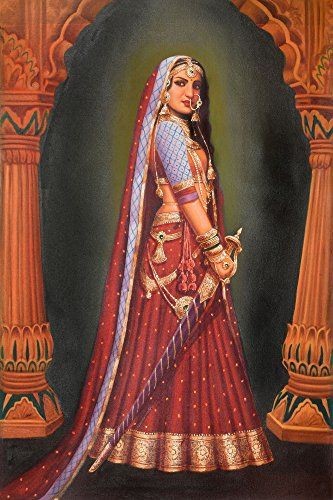
In 1564, Asaf Khan marched with 10,000 cavalries towards Gondwana, Rani Durgavati marched with 5,000 men to the battlefield.
She led the army well and killed about 500 enemies, she came out victorious by the end of the day, later she purposed to “surprise attack” the enemies or “Gorilla Attack” but none of the council members agreed to that.
By the next morning, Asaf Khan’s army was in a much better place and the fighting continued for 3 exhausting days. By that time only 200 of her men were left but the thought of giving up never once crossed her mind. Her bravery and courage never wavered.
During the battle, one arrow pierced her temple and another pierced her neck, causing her to lose consciousness. When she opened her eyes, the inevitable defeat was clear.

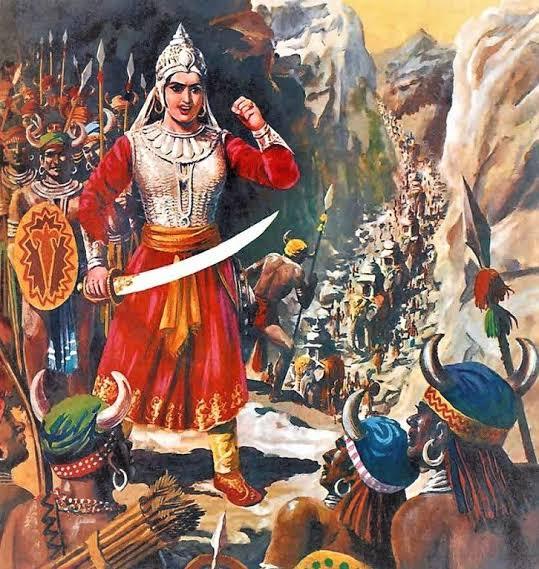
Instead of falling in the hands of men that had nothing but lust for her and would eventually throw her in Harem with other women, that previously were queens of conquered kingdoms that Mughals kept as sex slaves, she took our her dagger and killed herself to save her honor and prevent invaders from doing heinous things to her body, her martyrdom day (24 June 1564) is commemorated as “Balidan Diwas”.
The Mughal army then marched to the fort to loot it's treasure. They found staggering amount of gold pots full of gold, jewels, expensive stones etc.
When they opened a room, it was full of burnt bodies of women that commited Jauhar upon hearing the news of Rani’s defeat. These women committed Jauhar to save their honor and to prevent the Mughals from taking them as sex slaves, unfortunately 2 women were still alive, stuck behind a large wooden block that saved their lives. These two women were then taken to Akbar's court and predictably put into Harem.
#rani durgavati#india#mughal empire#gondwana#indian queen#indian history#madhaya pradesh#forgotten bharat#female warriors#women warriors#queens of india#hinduism#pseudo secularism#hindu kingdom#mughal invasion
39 notes
·
View notes
Text
Wake up babe it's women's history month And we're celebrating
AMRITA SHERGILL

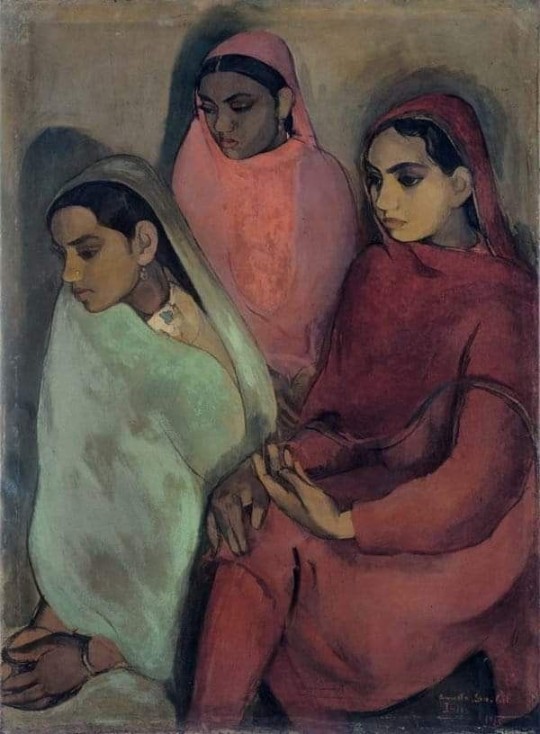



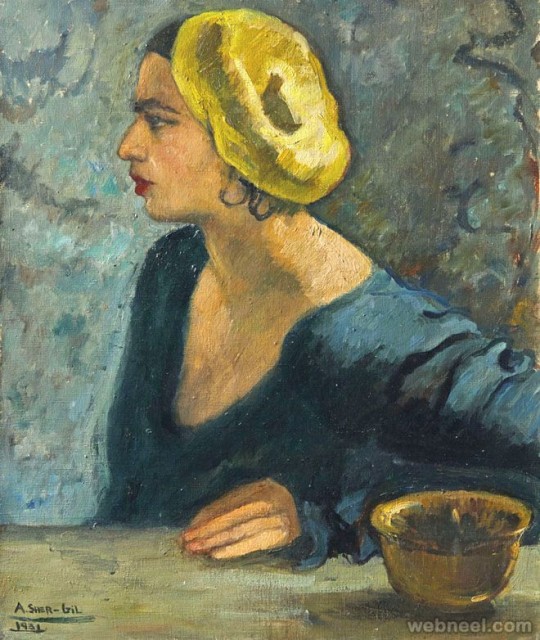



Pioneer of modern Indian art movement also known as the first female artist of India
#desiblr#desi tag#desi tumblr#desi culture#desi academia#indian academia#desi aesthetic#indian aesthetic#women's history month
216 notes
·
View notes
Text
Sati and Misogyny
I wrote a 15-page paper on the practice of sati, or widow burning, where a widow burns herself alive on her husband's funeral pyre. I wanted to design something to share some of the facts I learned about the class/caste/religious/gendered motivations for why women committed sati (and yes, it was a deeply misogynistic practice).




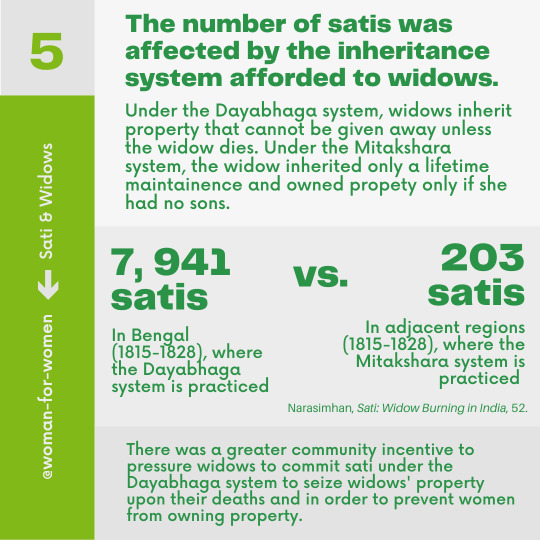





I had a lot of fun making this and I want to make more desi-focused feminist infographics in the future as well!
#gender abolition#w4w post#w4w infographic#stats#feminism#feminist#desi#desi history#desi feminism#sati#desi feminist#south asian#south asian history#indian history#womens history#herstory
77 notes
·
View notes
Text

Sari is basically like be swaddled, but in a feminine way with style and beauty!
🥻🇮🇳🥻
#history#sari#india#fashion#indus river valley civilization#fashion history#traditional dress#femininity#ancient#indigenous culture#indian history#british raj#saree#antriya#uttariya#indian culture#girly things#coqeutte#cottagecore#womens history#clothing#womenhood#girlhood#stylish#ancient history#historical clothing
46 notes
·
View notes